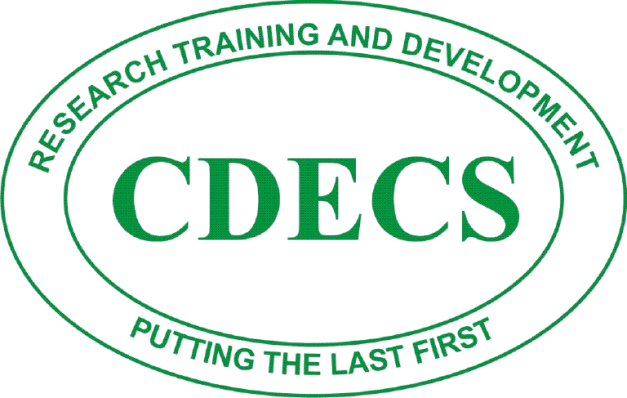Quick Links
Other Pages
Contact Info
- Centre for Development Communication & Studies (CDECS) 133, Devi Nagar, Nannu Marg, New Sanganer Road, Sodala, Jaipur, Rajasthan – 302019, India
- cdecsjpr@gmail.com
- +91 9950124028
- +91-141-2294988 / 4004967
Copyright © Centre for Development Communication & Studies 2025 All Rights Reserved | Website Developed by Flown Developer
